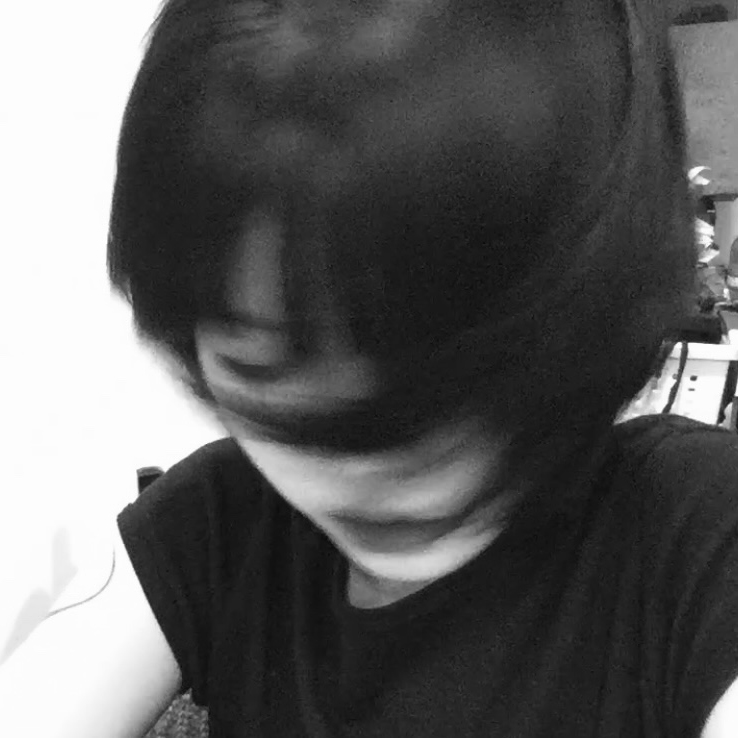Zhanyi Chen (SMACT ’24) is one of three winners of the 2024 Harold and Arlene Schnitzer Prize in the Visual Arts. Chen, and her fellow winners, work across several media to offer novel sensations and perspectives. Their broad range of subjects includes technology, light waves, geopolitics, and unrequited love.
All across the MIT campus, researchers in 30 departments and five schools regularly test the boundaries of knowledge. Research at MIT is often empirical—based on quantifiable data gleaned from controlled experiments and observations. But there is another genre of research at MIT, the genre of art, equally valuable and equally rigorous. Working in a variety of media and subject matter, artists at MIT conduct a more visceral form of inquiry that helps expand and redefine our perception of the world and our relation to it.
Zhanyi Chen: Satellite of Love
Most artists use objects to tell stories and generate emotion. But few artists employ those objects the way Zhanyi Chen does. “I am interested in using technologies not in the ways they are intended to be used, but as conduits for expression,” says Chen, who will receive a master’s in MIT’s Art, Culture, and Technology (ACT) program this spring. “When we use those objects in this way we can see the beauty of human emotions in them.”
The objects that Chen “misuses” in her current portfolio are satellites. And the story she tells is about her—and our—relationship with the sky above. In “Artificial Satellite Astrology,” Chen draws an astrological chart with weather satellites substituting for planets. “Since ancient times, humans have used astrology to interact with planets in a beautiful way,” Chen explains. “Perhaps we can do the same thing with satellites, to follow their positions, and not just the information they transmit.”
Satellites, the sky, and the connections we draw with them drive much of Chen’s artistic inquiry. “Tele-Sky Unplugged” uses a mirror and lens to reflect images of the sky above onto an attached CRT monitor. The work is an analog version of artist Aldo Tambellini’s 1981 “Tele-Sky,” which transmitted sky images between different countries using satellite technology. In “The Female Painter Who Fell in Love with Clouds Turned into a Cloud,” a mixed media installation, Chen tells the story of a female painter who falls in love with clouds and views a satellite as her primary rival.
Cloudbusting (Rain Poems)
2024
Materials: rain, water transfer printing paper (tattoo paper), paper, and ink
In Cloudbusting (Rain Poems), the writings of Peter Reich memorializing his deceased father and their shared memories of cloudbusting (making rain) in his childhood were printed on water transfer paper and left outside to be affected by raindrops. The words that remained visible—selected by the raindrops in their pressure and rhythms—are perceived as the rain’s poetry and a means to connect.
This work explores how mourning persists in the natural and constructed environments around us, and how to perceive physically distant things. The rain’s traces become a dual medium: one that mediates between us and the clouds, and another that connects us to the people we lost (medium as a spiritualist who can communicate with the dead.) These traces suggest the desire to reconnect with our loved ones and how we might experience this desire in the environment through transference, dissociation, or interpretation, making elements in the environment conduits for connection. The asemic quality of the “poems” serves only to show us that the attempt to connect is futile; they reflect the absurdity and melancholy one might experience in trying, and the beauty in still trying despite the futility—a failure of language, an absence of meanings, and a longing for miracles.
Tele-Sky Unplugged
2023
Materials: sky, CRT TV casing, mirror, camera lens, diffuser
Tele-Sky Unplugged is a reinterpretation of Aldo Tambellini’s Tele-Sky (1981). The original piece showcased slow-scan transmissions of live sky images from three different countries, displayed on CRT TVs. In this recreation, the original telepresence art is presented in an unplugged form: a CRT TV is repurposed by replacing all its electronic components with a mirror and a lens. This allows its screen to reflect the immediate sky of the viewer’s environment, rather than electronically displaying distant skies via satellite transmissions, processed signals, and pixels.
The original Tele-Sky (1981) was a part of the Sky Art movement that peaked during the 1980s, centered at the Center for Advanced Visual Studies (CAVS) at MIT. The recreation extends the Sky Art artists’ exploration of the sky as a canvas to the sky itself as media—not just as a backdrop but as an integral part of our environmental and media landscape. It’s also a critique of the infrastructures silently integrating into our natural surroundings and the politics surrounding satellite technologies, as well as a dialogue between artists who lived under the Space Race and Cold War-era sky and the sky of today.
Artificial Satellite Astrology
2023
Materials: paper, ink, artificial satellite positions, copper core in coaxial cables, tin
Artificial Satellite Astrology appropriates elements of astrology to imagine alternative relationships between the land and outer space for users of artificial satellites. It now includes astrological horoscopes that are constructed by artificial satellites instead of planets, antennas designed to receive divinatory signals from these spacecraft, and a fictional tutorial YouTube channel on satellite astrology.
Astrology is a beautiful way to connect us with distant things. Artificial Satellite Astrology explores how a sense of connection can evoke care and attunement, prompt reflection on whether the connection is physical, psychological, or a blend of both, and the tendency to construct our own narratives as a means to cope and counter.
Established in 1996 through the generosity of Harold ’44 and Arlene Schnitzer of Portland Oregon, the Schnitzer Prize is presented to current MIT undergraduate and graduate students for excellence in a body of work in the visual arts. Students submit an artistic portfolio for consideration.

















